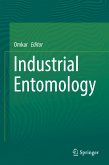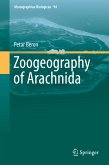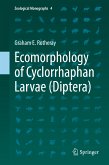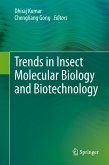Asia is home to at least nine honey bee species, including the introduced European honey bee, Apis mellifera. Although the introduced European honey bee and the native Asian honey bee, Apis cerana, are the most commonly employed species for commercial beekeeping, the remaining non-managed native species have important ecological and economic roles on the continent. Species distributions of most honey bee species overlap in Southeast Asia, promoting the potential for interspecies transmission of pests and parasites, as well as their spread to other parts of the world by human translocation. The decline of honey bee populations is of great concern around the world, including Asia. Global colony losses of European honey beesare believed to be caused, in part, by pests and parasites originating from Asia such as the mite Varroa destructor, the microsporidian Nosema ceranae, and several bee viruses. Using the experiences of leading Asian bee researchers, this book provides insight to readers about bee diversity, flora, management, and stressors in Asia, with a special focus on honey bees.
Bee scientists, researchers, government officer and general audience who have interests in beekeeping especially in Asia will find this an important account.
Dieser Download kann aus rechtlichen Gründen nur mit Rechnungsadresse in A, B, BG, CY, CZ, D, DK, EW, E, FIN, F, GR, HR, H, IRL, I, LT, L, LR, M, NL, PL, P, R, S, SLO, SK ausgeliefert werden.









